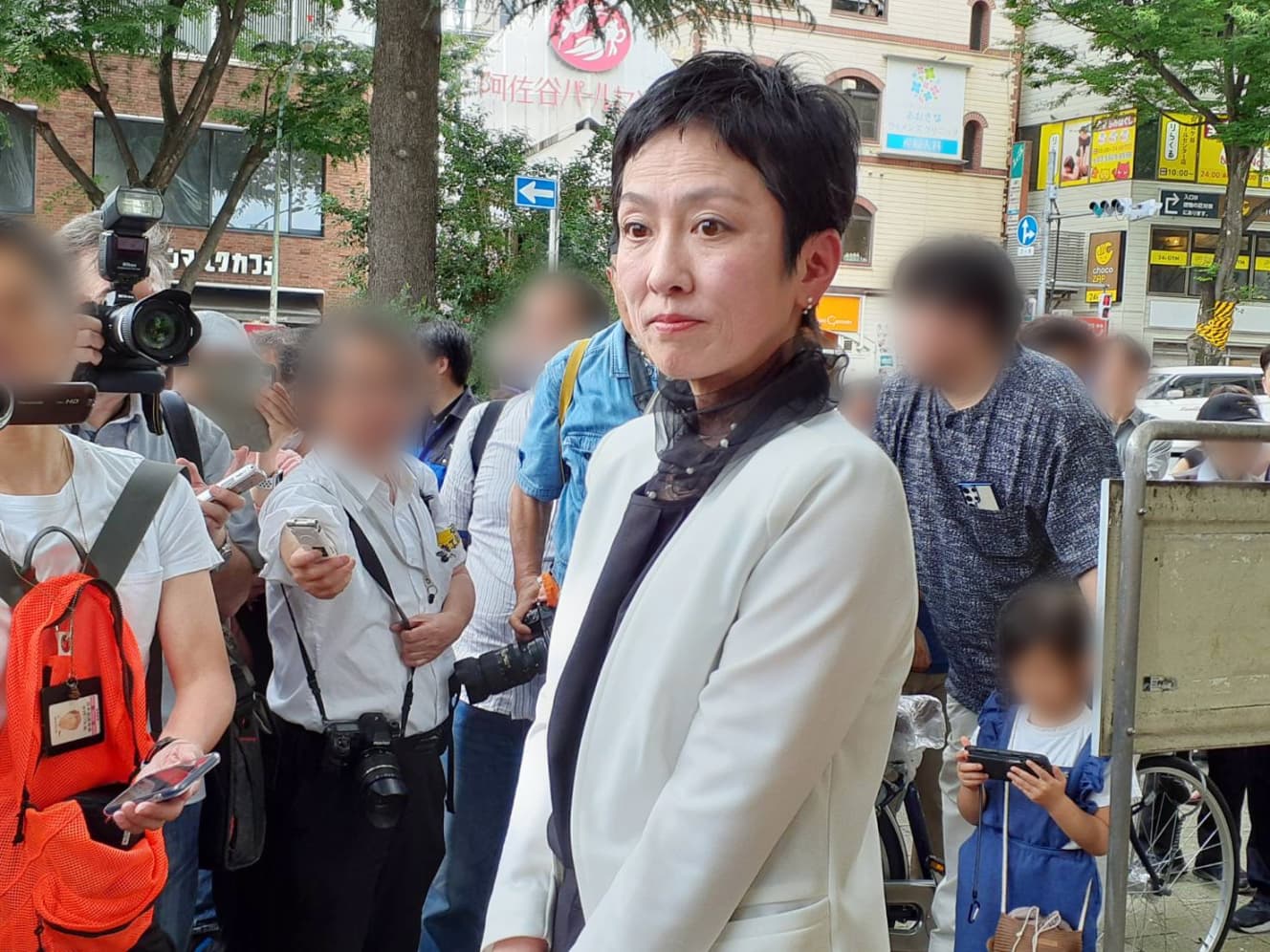Why Candidate Renho Experienced an Unexpected Slowdown in the Final Stages of the Tokyo Gubernatorial Election
She is no longer a second place close to first, but rather a second place close to third, or even a fall to third place seems possible.
In the Tokyo gubernatorial election on July 7, where incumbent Governor Yuriko Koike (71) was considered the opponent, support for former House of Councillors member Renho (56) is slowing down.
According to the ‘Liberal Democratic Party survey’ data that circulated among political insiders immediately after the announcement on June 20, Koike had a 10-point lead. In the early-stage situation survey of the election campaign by the Nihon Keizai Shimbun, the gap between the two was also 10 points, with Koike 36 and Renho 26.
Since the Tokyo gubernatorial election began in 1947, incumbents have been undefeated in 12 contests through 2020. No incumbent governor of Tokyo has ever been defeated. In the election four years ago, Koike garnered 3.66 million votes, the second-highest number of votes in history. The Liberal Democratic Party, Komeito Party, Democratic Party for the People, and Tomin First no Kai effectively support Koike, and it is expected that she will secure at least 2.5 million votes this time as well.
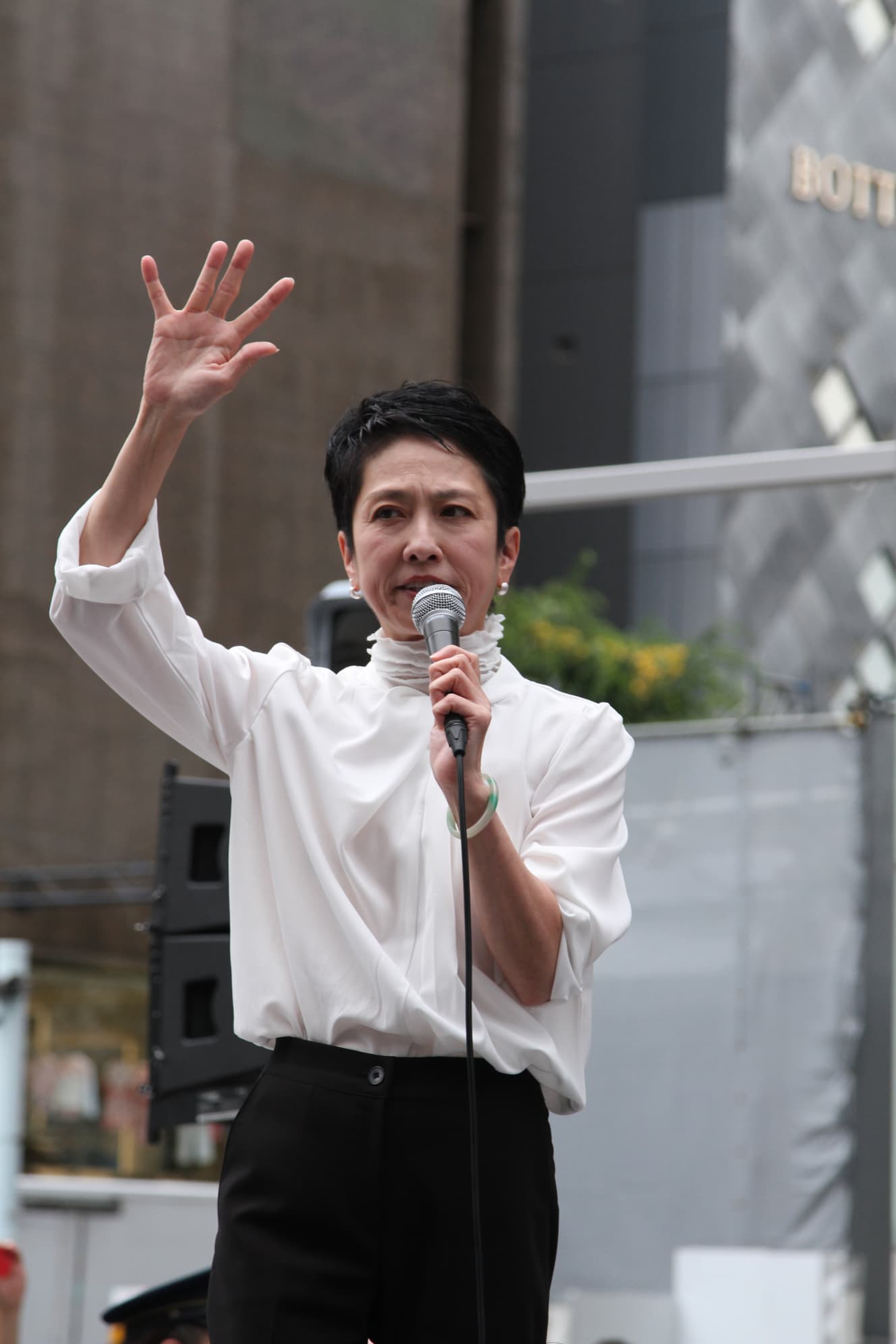
However, Tokyo has an overwhelmingly large number of independent voters, and it is characteristic that the outcome can be influenced if the wind blows.“Before the election, the wind was blowing towards Renho,” laments a senior member of the Renho camp about the current situation.
“With each passing day, Shinji Ishimaru (41) is closing in, and instead of aiming to defeat Koike, the goal has been downgraded to holding on to second place. While the situation surveys vary among companies, the figures from Nippon TV, which show Koike 43, Renho 19 and Ishimaru 16 feel close to reality. According to data on early voting until Sunday, June 30, calculated by NHK, the figures were Koike 45, Ishimaru 25 and Renho 20 with Ishimaru overtaking Renho. Already within the camp, there is a movement to place the blame on the Metropolitan Chapter Chairman and the Secretary-General.”
What caused Renho’s setback? The pledge of seven promises, which included measures to address the declining birthrate, support for young people, and addressing disparities in non-regular employment, had mistakes, analyzed a member of the Tokyo Metropolitan Assembly from the Constitutional Democratic Party.
“The draft was mainly created by two left-wing members within the party, Tokyo Metropolitan Assembly members Retsu Suzuki and Eri Igarashi, with the staff of the party’s policy research council and secretaries of the Diet members adding details. Occasionally, Renho would come in and give opinions like to remove the pet euthanasia policy or to emphasize administrative and financial reform, and the seven promises were completed. However, there were no numerical targets, and the pledges were filled with stereotypical policies of the Constitutional Democratic Party, such as treating multi-child households like households exempt from resident taxes. They did not understand the current situation and issues of Tokyo, and there was a difference compared to Koike’s pledges made by Tokyo’s senior officials.”
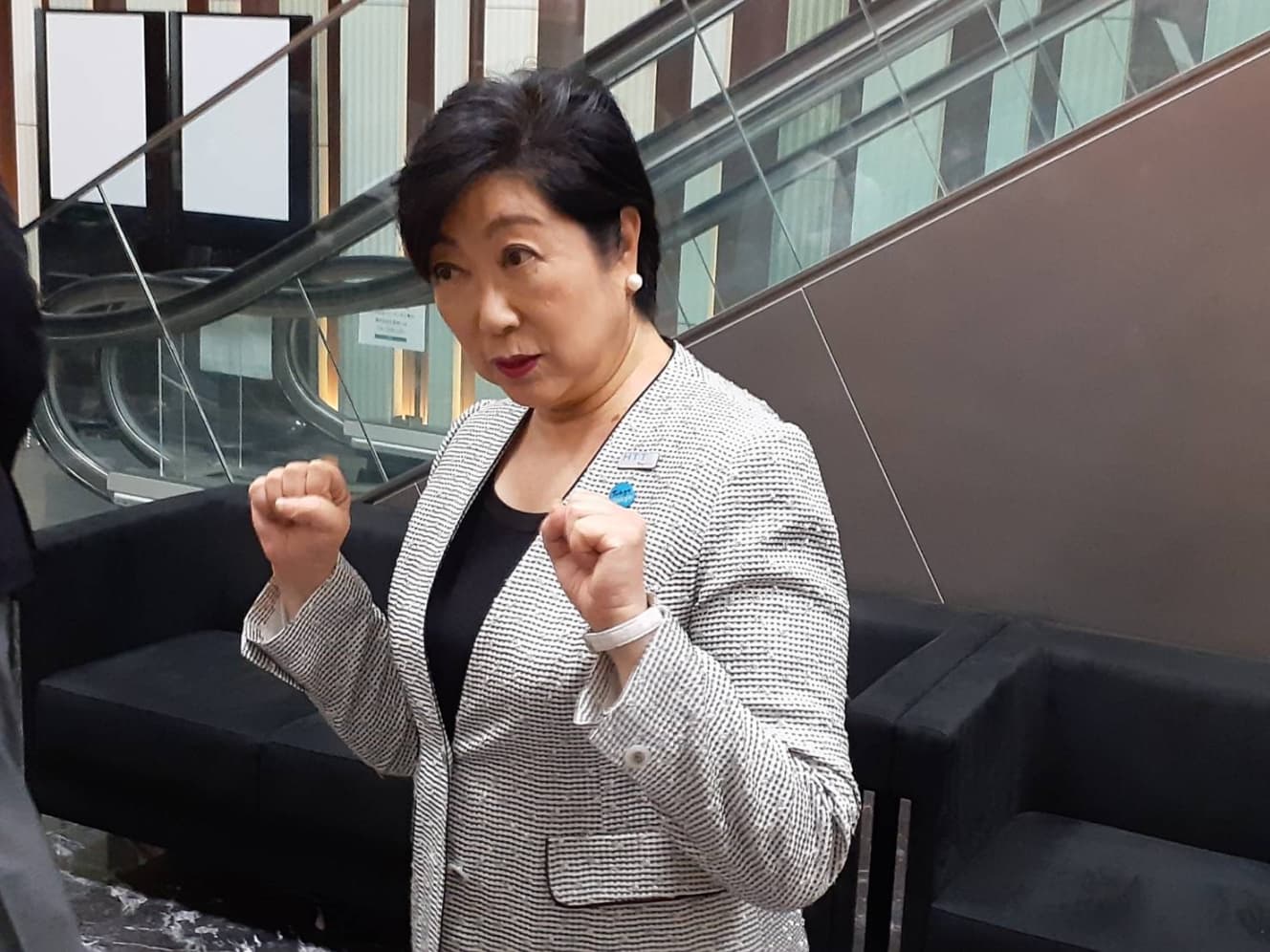
On the 29th, Renho announced additional pledges, proposing a ‘Tokyo resident referendum’ to gauge support for the redevelopment of Jingu Gaien. However, it felt like a last-minute measure, and there were mistakes in how the pledges were communicated. A Liberal Democratic Party staff member snickered.
“Renho is delivering speeches primarily along the Chuo Line where crowds gather. However, the topics of discussion focus on supporting young people and addressing disparities in non-regular employment. If she aimed to resonate with the audience, she should have spoken in areas within the 23 wards where average incomes are not high. It is estimated that the three parties—Constitutional Democratic Party, Communist Party, and Social Democratic Party—can secure around 1.4 million votes. Without capturing swing votes, defeating Governor Koike is unlikely. However, the swing votes are increasingly going to the popular Ishimaru candidate. This debacle suggests that both anti-Koike sentiment and votes are being carried away by Ishimaru’s surge in popularity.”
Governor Koike delivered her first street speech after the announcement on June 22 in Hachijojima, followed by a speech at JR Okutama Station on the 23rd. On the 29th, she held her first street campaign in the 23 wards at Kitasenju, Adachi Ward, and the next day, she spoke in Kamata, Ota Ward.
In contrast, Renho’s speech strategy, which contrasts with Koike’s, is called the “Kawakami Operation.” It starts from sparsely populated rural areas and moves towards urban areas in the downstream towards the end, expanding the circle of support—a tactic mastered by the late Prime Minister Kakuei Tanaka.
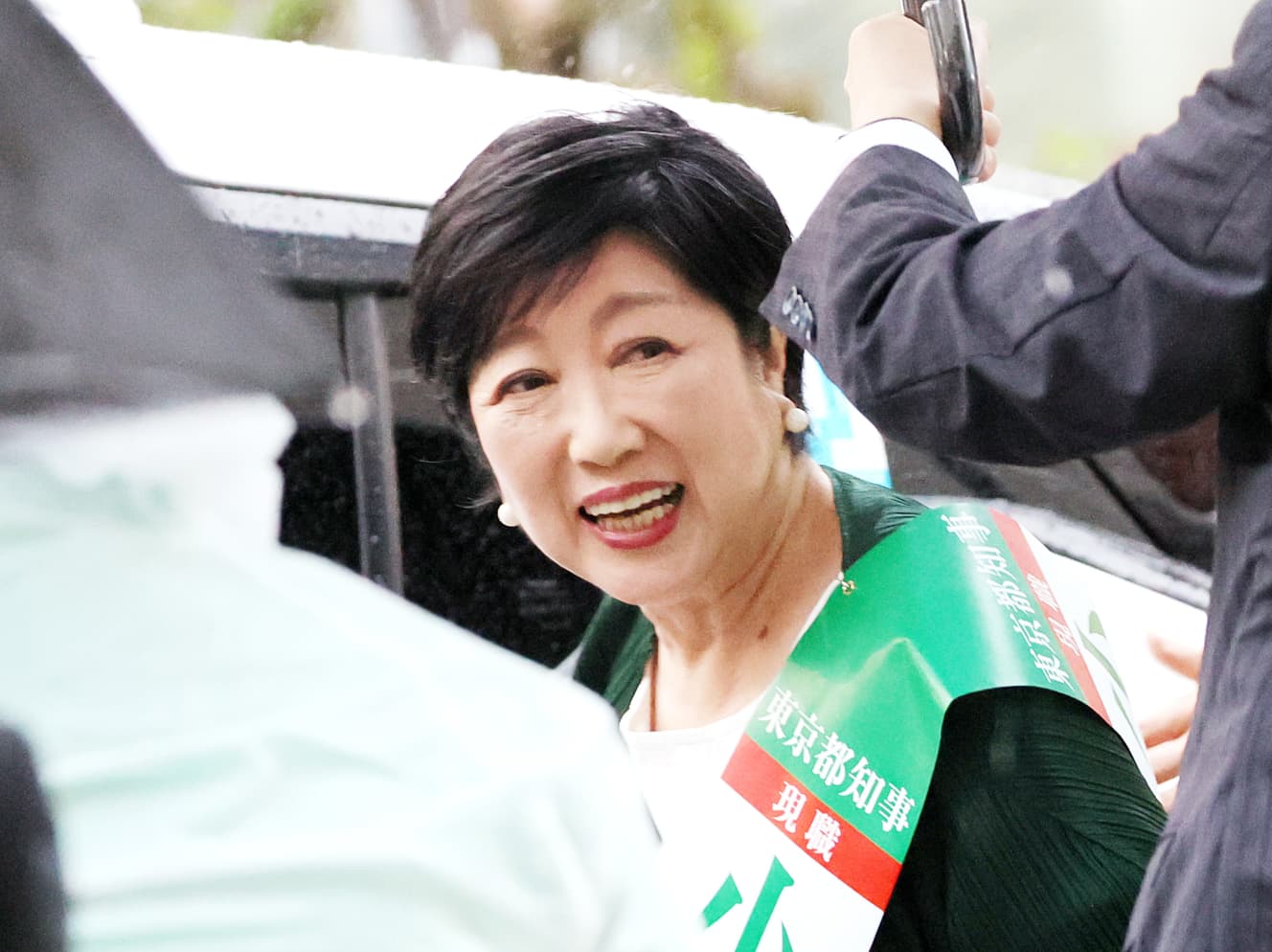
“However, Koike also faces vulnerabilities. While she should calmly navigate the election campaign, she couldn’t hide her irritation when questioned by a freelance journalist about alleged educational background discrepancies from Cairo University on Hachijojima and Okutama. At Hachijojima Airport, she retorted, ‘Are you from the Tsubasa Party?’ Although it didn’t become a major topic, incidents like these verbal missteps are to be avoided,” said a Tokyoites First executive.
Ishimaru, currently perceived to be in third place, attracted a large crowd around Asagaya Station on the rainy weekday evening of July 1st. However, his speeches are slow and deliberate, yet lacking in concrete proposals beyond slogans. In terms of oratory skills, Koike and Renho are more adept.
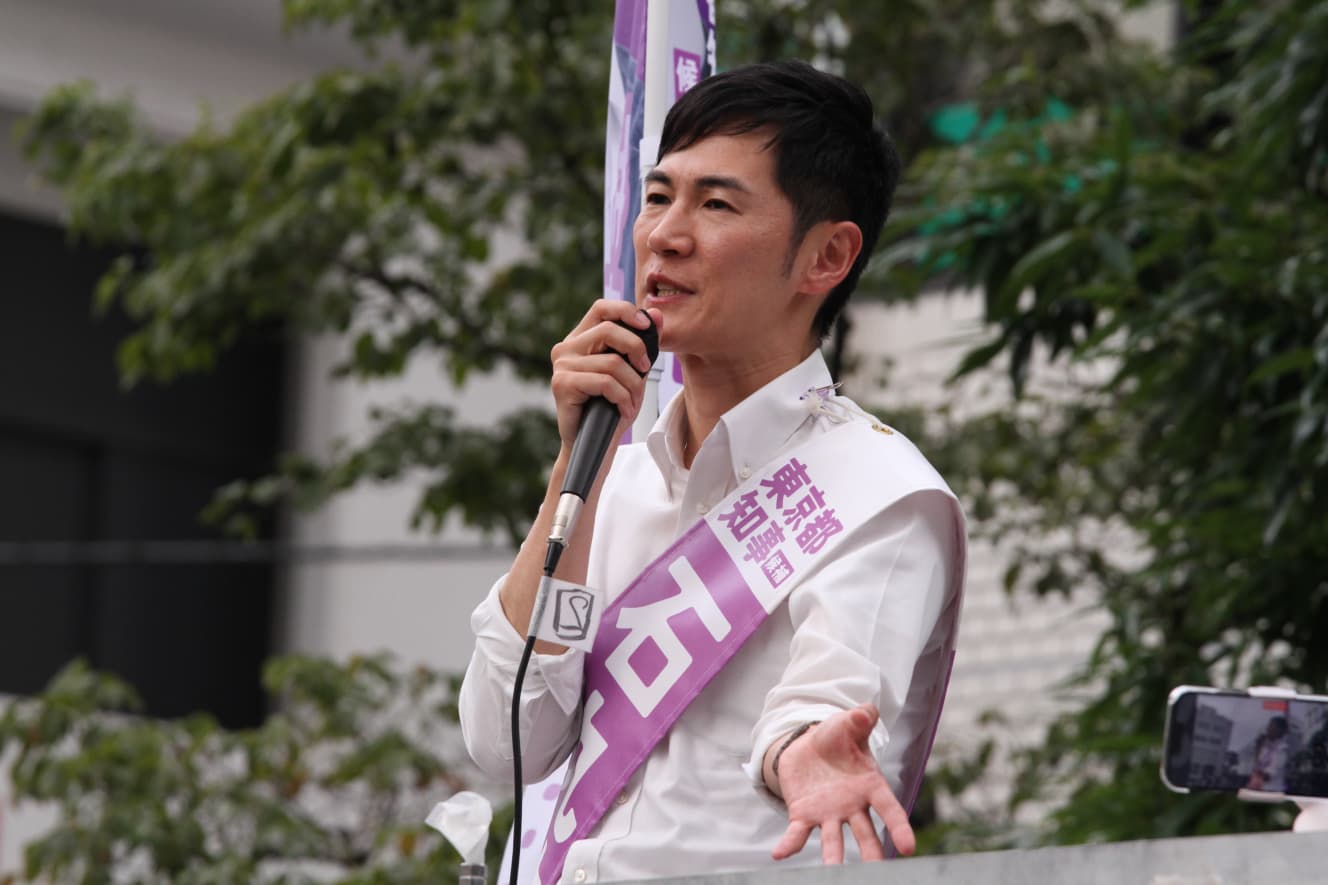
“His speeches may be clumsy, but perhaps that very aspect, untouched by Nagatacho politics, appears fresh. I’ve been involved in nearly 150 elections since my twenties, but I’ve never seen a candidate gather 5,000 volunteers. He managed to post posters on public bulletin boards without spending much money, and donations amounting to 200 million yen were raised. Unexpected things keep happening.”
In Nagatacho, known as the ‘God of Elections’ and ‘Master of Victories,’ election planner Shinnosuke Fujikawa (70) of the Ishimaru camp, while puzzled, asserted:
“We can see 1.5 million votes. Second place will likely be Ishimaru, not Renho.”
The scenario envisioned by Renho’s camp, aiming to corner Governor Koike by Tanabata and then enthusiastically running for the next House of Representatives election, seems destined for revision.
Interview and text by Daisuke Iwasaki: Daisuke Iwasaki Photo: Daisuke Iwasaki/Afro
